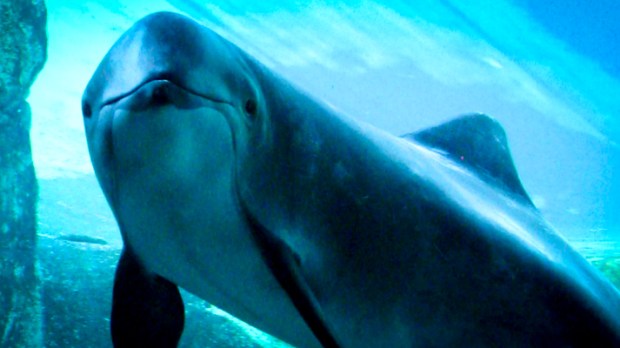Lenten Campaign 2025
This content is free of charge, as are all our articles.
Support us with a donation that is tax-deductible and enable us to continue to reach millions of readers.
On Chapelle Dom Hue, one of Britain’s Channel Islands, archaeologists made a surprising discovery. Within a carefully cut burial plot, they found the remains of a porpoise.
The island had been the site of a 14th-century retreat for monks, which led archaeologists to suggest that there may have been some religious significance to the burial.
Philip de Jersey, a States of Guernsey archaeologist, told the Guardian, “The dolphin has a strong significance in Christianity but I’ve not come across anything like this before.”
Indeed, as Philip Kosloski pointed out in Aleteia earlier this year, the catacombs of Rome are filled with dolphin symbols.
“Most often dolphins are drawn twisted around an anchor or trident, as in the catacombs of Villa Torlonia in Rome, symbolizing the hope of eternal life,” wrote Kosloski.
“In other places dolphins represent Christians, similar to how fish can be used in Christian art to represent those who follow Christ.”

Read more:
Here’s why there are dolphins in the Christian catacombs
Whether this particular porpoise received a Christian burial or not remains a mystery. De Jersey suggests that it didn’t seem likely to have happened in the 14th century.
“It’s the slightly wacky kind of thing that you might get in the Iron Age but not in medieval times,” he said.
Among other theories being tossed around is the possibility that a monk buried the body of porpoise to hide it or that it was placed in the hole in salt to preserve it, and then forgotten.
The porpoise’s remains will be examined by a marine biologist, which may shed light on how and why the porpoise was so carefully buried on the island.

